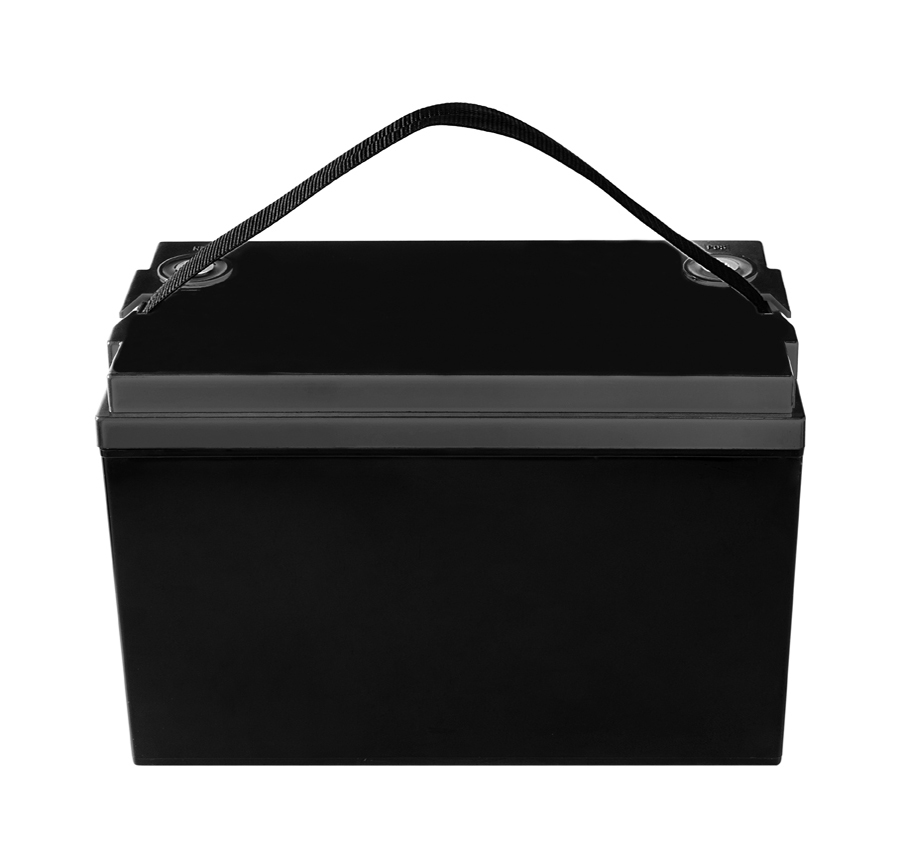
The full name of lithium iron phosphate battery is lithium iron phosphate lithium ion battery. Because its performance is particularly suitable for power applications, the word "power" is added to the name, that is, lithium iron phosphate power battery. Some people call it a "lithium iron power battery", and do you know the charging techniques of lithium iron phosphate? The following will introduce you to the charging skills of lithium iron phosphate batteries.
It is recommended to use the CCCV charging method for charging the lithium iron phosphate battery pack, that is, first constant current and then constant voltage. The recommended constant current is 0.3C. Constant voltage is recommended to be 3.65V. That is, 0.3C current charge during constant current. When the battery voltage reaches 3.65V, use 3.65V constant voltage charge, and stop charging when the charging current is lower than 0.1C (or 0.05C), that is, the battery Already full. When you charge with a constant voltage power supply, you also need to look at the charging current. It is recommended not to charge with a too high voltage. After adjusting the voltage, ensure that the charging current is below 0.5C, which is good for the battery.
Generally, the upper limit voltage of lithium iron phosphate battery charge is 3.7~4V, and the lower limit voltage of discharge is 2~2.5V. Considering the five aspects of discharge capacity, median discharge voltage, charging time, constant current capacity percentage, and safety, constant current and constant voltage are adopted. For the lithium iron phosphate battery pack, it is reasonable to set the charging limit voltage at 3.55~3.70V, the recommended value is 3.60~3.65V, and the lower limit voltage of discharge is 2.2V~2.5V.
The charger of lithium iron phosphate battery pack is different from ordinary lithium battery. The highest termination charging voltage for lithium batteries is 4.2V; the lithium iron phosphate battery pack is 3.65V. When charging the lithium iron phosphate battery pack, it is connected to the balance charging board. Generally, it is directly charged in series from both ends. The charger voltage is greater than the battery pack voltage. The cable detection of the voltage of each single cell is equivalent to connecting a zener tube in parallel. The charging voltage of a single cell will not exceed the voltage stabilization value, while other single cells continue to be charged through the zener tube bypass.
Because the power of each cell is nearly full at this time, it is just balancing each cell, so the charging current is small, and each cell is fully charged to supplement the balance. The charger can only protect the terminal voltage of the entire battery pack. The balanced charging board ensures that each cell is overcharged and each cell is fully charged. It cannot stop charging the entire lithium battery pack because one cell is fully charged.
Charging method of lithium iron phosphate battery pack:
(1) Constant voltage charging method: During the charging process, the output voltage of the charging power supply remains constant. With the change of the state of charge of the lithium iron phosphate battery pack, the charging current is automatically adjusted. If the prescribed constant voltage value is appropriate, it can not only ensure the full charge of the power battery, but also minimize gas evolution and water loss. This charging method only considers the change in the single state of the battery voltage, and cannot effectively reflect the overall charging status of the battery. Its initial charging current is too large, often causing damage to the power battery. In view of this shortcoming, constant voltage charging is rarely used.
(2) Constant current charging method: During the entire charging process, the charging current is kept constant by adjusting the output voltage. Keep the charging current constant, the charging rate is relatively low. The constant current charging control method is simple, but because the acceptable current capacity of the lithium battery pack gradually decreases with the progress of the charging process, in the later stage of the charging, the power battery receiving capacity decreases, and the charging current utilization rate is greatly reduced. The advantages of this method are simple, convenient, easy to implement, and easy to calculate the charging power.
(3) Constant current and constant voltage charging method: This charging method is a simple combination of the above two. In the first stage, the constant current charging method is used to avoid excessive charging current at the beginning of constant voltage charging. The second stage uses a constant voltage charging method to avoid the phenomenon of overcharging during constant current charging. Lithium iron phosphate battery packs are the same as any other sealed rechargeable batteries. The charging must be controlled and overcharged, otherwise the battery will be easily damaged. Lithium iron phosphate batteries generally adopt a charging method of constant current first and then voltage limiting.
(4) Chopping wave charging method: Use the chopping method to charge. In this method, the current of the constant current source is unchanged, and the switch tube is controlled to turn on for a period of time and then turn off for a period of time, cyclically. The advantage of this method is that when the battery is charged through an external circuit, The ion generation inside the battery requires a certain response time. If it is continuously charged, its capacity potential may be reduced. After charging for a period of time, adding a turn-off time can allow the ions produced at the two poles of the battery to have a diffusion process, giving the battery a "digest" time, which will greatly increase the utilization rate of the battery and improve Charging effect.


This site is protected by wp-copyrightpro.com
![]()